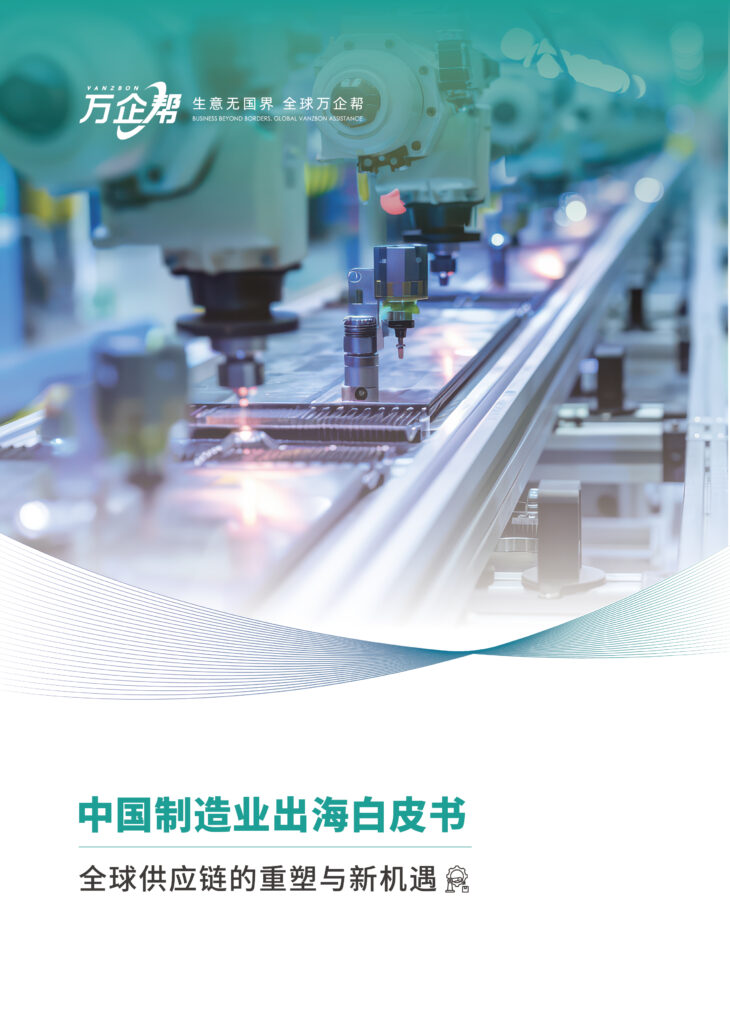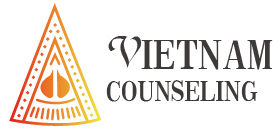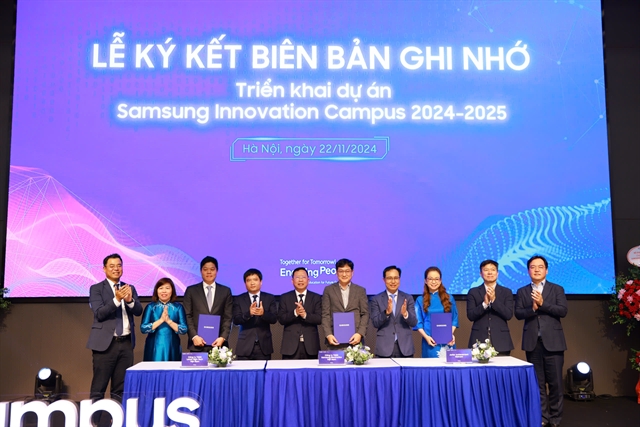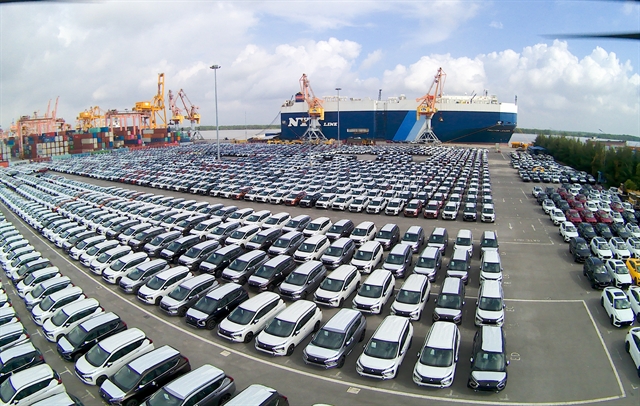As environmental concerns grow more urgent, green logistics has become a major trend in the global logistics industry. Vietnam, as a rapidly developing emerging market, faces significant environmental pressures and challenges for sustainable development in its logistics sector. To help companies evaluate and enhance their green logistics practices in Vietnam, we have created this comprehensive evaluation tool.
This tool is structured as a self-assessment questionnaire that covers all key areas of green logistics. Companies can use it to assess their current green logistics levels, identify strengths and weaknesses, and develop targeted improvement strategies.
Background on the Development of Green Logistics in Vietnam
To effectively use this evaluation tool, it is crucial to understand the background of green logistics development in Vietnam:
In recent years, the Vietnamese government has prioritized green development. In 2021, Vietnam adopted the “National Environmental Protection Strategy 2021-2030,” which clearly emphasizes developing a green and circular economy. In the logistics sector, the government encourages businesses to adopt clean energy, improve energy efficiency, and promote multimodal transportation.
Vietnam’s logistics industry is rapidly growing, but green logistics practices are still lagging. According to the Vietnam Logistics Association (VLA), only about 20% of logistics companies in Vietnam implemented systematic green logistics measures in 2022. As Vietnamese consumers become more environmentally conscious, there is an increasing demand for green logistics services, particularly in the e-commerce sector, where consumers are more focused on eco-friendly and recyclable packaging. This creates market incentives for logistics companies to adopt green practices.
Design Principles for the Green Logistics Practice Evaluation Tool
When designing the green logistics practice evaluation tool, the following principles are essential to ensure its practicality and effectiveness:
When designing the green logistics practice evaluation tool, the following principles are essential to ensure its practicality and effectiveness:
Comprehensive and Systematic Approach: The evaluation tool should cover all aspects of green logistics, including transportation management, warehousing, packaging, energy use, and waste management, ensuring a thorough evaluation. It should also systematically link and analyze different evaluation criteria to provide a complete picture of a company’s green logistics practices.
Ease of Use and Simplicity: The tool should be simple and user-friendly, allowing companies to complete the self-assessment questionnaire quickly and obtain relevant results. The questionnaire should avoid overly technical jargon and provide clear evaluation criteria, making it easy for managers to understand and apply.
Localization and Relevance: The tool’s design should consider the unique context of Vietnam’s logistics industry, including local market conditions, regulations, and technological levels. At the same time, the tool should be versatile enough to be applicable to companies of various sizes and types in Vietnam.
Structure of the Green Logistics Practice Self-Assessment Questionnaire
The self-assessment questionnaire for green logistics practices includes the following main sections, each containing several questions. A scoring system is used to evaluate a company’s green logistics practices.
1.Transportation Management
Objective: Assess the company’s green practices in transportation, such as vehicle choice, fuel use, and route optimization.
Questions for Evaluation:
- Does the company use low-emission or alternative energy vehicles (like electric or natural gas vehicles)?
- Does the company regularly maintain vehicles and conduct emissions testing to ensure they meet environmental standards?
- Does the company use smart route planning tools to optimize routes, reduce empty runs, and avoid unnecessary detours?
- Has the company implemented measures to minimize the empty load rate of vehicles?
- Does the company regularly monitor and report carbon emissions from transportation?
Scoring Criteria: Each question provides five options: “Fully Compliant,” “Mostly Compliant,” “Partially Compliant,” “Not Compliant,” and “Completely Not Compliant,” each corresponding to a score (5-1 points). Companies choose the most accurate option based on their situation to calculate the total score for this section.
2.Warehouse Management
Objective: Evaluate the company’s green practices in warehousing, including warehouse layout, energy use, and environmental controls.
Questions for Evaluation:
- Does the company use energy-efficient warehousing equipment (such as energy-saving lighting and HVAC systems)?
- Does the warehouse use automation systems to reduce energy consumption and minimize human error?
- Does the company regularly assess energy consumption in warehouses and take steps to optimize it?
- Has the company implemented measures to minimize temperature fluctuations in the warehouse to ensure efficient operation of environmental control equipment?
- Are the warehouse layout and operating procedures optimized to reduce unnecessary material movement and energy waste?
Scoring Criteria: The scoring for each question follows the same approach as in the transportation management section. The total score for warehouse management is derived from summing the individual scores.
3.Packaging Management
Objective: Assess the company’s green practices in packaging, including material selection and design optimization.
Questions for Evaluation:
- Does the company use renewable, recyclable, or biodegradable packaging materials?
- Does the company regularly review and optimize packaging designs to reduce material usage and waste?
- Do the packaging materials comply with international environmental standards (such as FSC certification, ECOCERT, etc.)?
- Has the company implemented measures to reduce excess packaging (like minimizing filler material and optimizing packaging size)?
- Does the company collaborate with suppliers to streamline packaging processes and reduce material waste?
Scoring Criteria: The scoring standard for each question matches the previous sections. The total score for packaging management is calculated by summing the scores.
4.Energy Use
Objective: Evaluate the company’s green practices in energy consumption within logistics operations, including energy management and optimization.
Questions for Evaluation:
- Does the company regularly audit its energy usage and implement energy-saving measures?
- Does the company use renewable energy sources (like solar or wind power) for logistics facilities?
- Has the company taken steps to reduce its reliance on fossil fuels for logistics operations?
- Does the company promote and utilize energy-efficient technologies (such as high-efficiency lighting and energy-saving equipment)?
- Does the company regularly train employees to enhance their awareness and skills in energy conservation?
Scoring Criteria: Scoring is consistent with other sections, with the total score for energy use calculated from the cumulative points.
5.Waste Management
Objective: Assess the company’s green practices in waste management, including waste reduction, recycling, and disposal.
Questions for Evaluation:
- Has the company established a waste management policy and implemented it across all operations?
- Does the company regularly assess the types and quantities of waste produced and take steps to minimize waste?
- Does the company have a comprehensive recycling system to ensure effective recycling and reuse of packaging materials, old equipment, etc.?
- Does the company work with third-party organizations to ensure the safe disposal of hazardous waste?
- Has the company employed technological innovations to reduce waste emissions in production and logistics processes?
Scoring Criteria: The same scoring mechanism is applied to each question, with the total score for waste management obtained by summing the scores.
Results and Improvement Suggestions for Green Logistics Practices
1.Overall Assessment Results
The scores from each section are summed to calculate the company’s overall score for green logistics practices. The total score helps companies clearly understand their overall performance in green logistics. Scores are categorized into levels such as “Excellent” (85-100 points), “Good” (70-84 points), “Average” (50-69 points), “Needs Improvement” (30-49 points), and “Poor” (0-29 points).
2.Improvement Recommendations Based on Assessment Results
Based on the assessment results, companies can consider the following improvement actions:
2.1 Green Strategy and Management
Develop a clear green logistics strategy and integrate it into the overall company development plan. Establish a dedicated green logistics management team to handle strategy formulation and implementation. Enhance employee awareness of green logistics through workshops and online courses. Implement a scientific performance evaluation and incentive system for green logistics, linking green performance to performance reviews to drive the company towards environmental sustainability.
2.2 Green Transportation
Improve green transportation by starting with fleet upgrades, gradually introducing new energy or clean energy vehicles. Invest in advanced transportation management systems to optimize route planning and increase load efficiency. Promote multimodal transport by increasing the use of rail and water transportation. Implement green driving training programs to teach drivers fuel-saving practices. Establish a comprehensive carbon emission monitoring and reporting system for transportation to support ongoing improvement.
2.3 Green Warehousing
Focus on improving energy efficiency in warehousing. Upgrade to LED lighting and smart control systems, and consider installing solar power systems. Update to high-efficiency cooling and heating equipment and invest in warehouse automation systems to improve space utilization. Implement rainwater harvesting and greywater reuse systems to reduce reliance on municipal water supplies. These measures can significantly lower the environmental impact of warehouses while providing long-term economic benefits.
2.4 Green Packaging
Improve green packaging by focusing on material selection and design. Use recyclable, biodegradable materials, and optimize packaging design to reduce material use. Promote reusable packaging containers, especially in B2B logistics. Establish a packaging recycling system in collaboration with professional recycling companies or by setting up in-house recycling points. Educate customers about green packaging concepts and encourage participation in recycling and reuse initiatives.
2.5 Reverse Logistics
In reverse logistics, companies can establish a comprehensive product recovery system, including setting recovery policies, creating collection channels, and building a reverse logistics network. Set up dedicated recycling facilities for sorting, inspecting, and processing returned products. Launch refurbishment or remanufacturing projects to extend product life. Work with professional recyclers to handle non-reusable products. Offer convenient recycling options for customers, such as home pickup or in-store drop-off points.
2.6 Supplier Management and Collaboration
Incorporate environmental standards into supplier selection and evaluation processes. Collaborate with suppliers to develop green products and solutions, including new materials and innovative packaging. Conduct regular environmental audits on suppliers and organize best practice sharing sessions. Encourage suppliers to obtain environmental management certifications to jointly address environmental challenges and build stronger partnerships.
Conclusion
Green logistics practices are not only vital for fulfilling corporate social responsibility but also crucial for enhancing competitiveness and market reputation. The Vietnam Green Logistics Practice Evaluation Tool presented in this paper offers a systematic method for companies to assess their green logistics practices through a self-assessment questionnaire, helping them identify areas for improvement and develop action plans. Using practical examples, this paper demonstrates the tool’s effectiveness in enhancing green logistics practices in the Vietnamese market.
As technology advances and market demands evolve, the green logistics practice evaluation tool will continue to develop towards digitalization, intelligence, and customization, meeting the diverse needs of different companies. In the future, driven by the global push for environmental sustainability, Vietnamese companies will leverage more efficient green logistics practices to achieve broader development opportunities and stronger market competitiveness.







